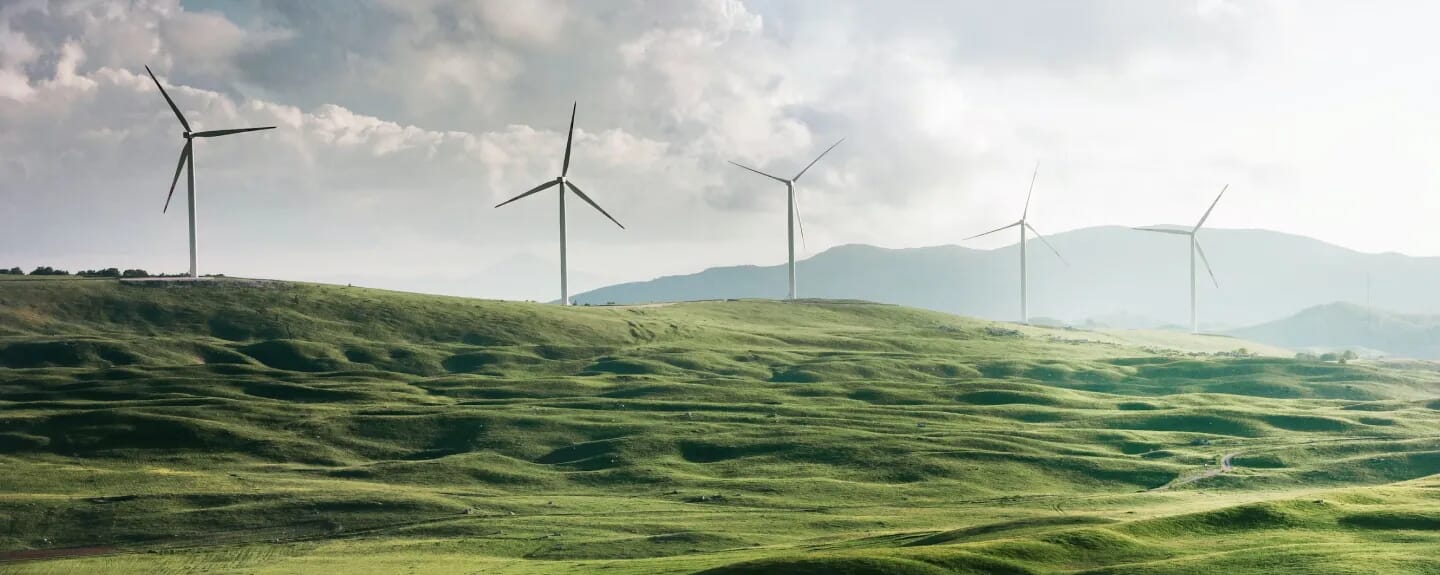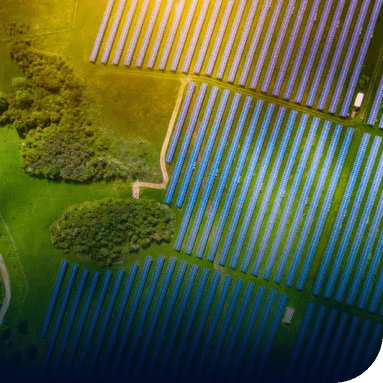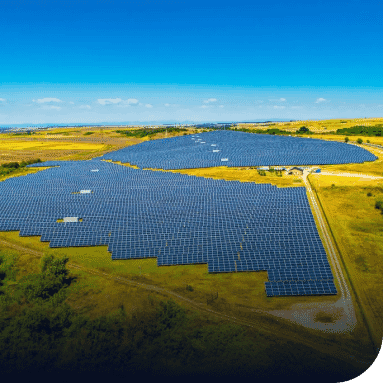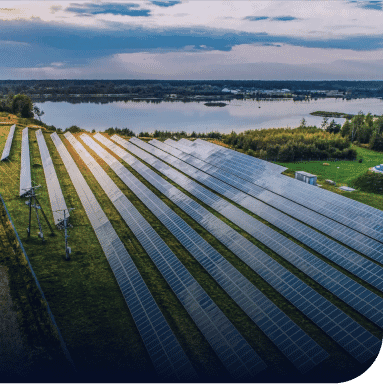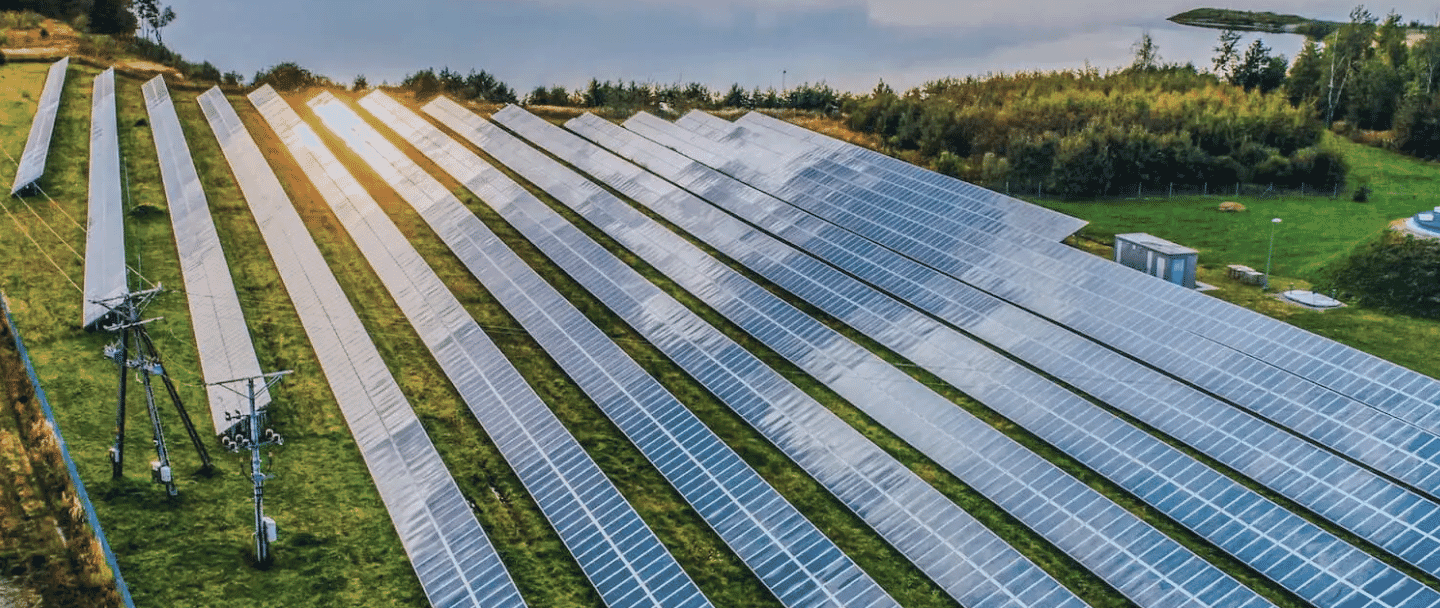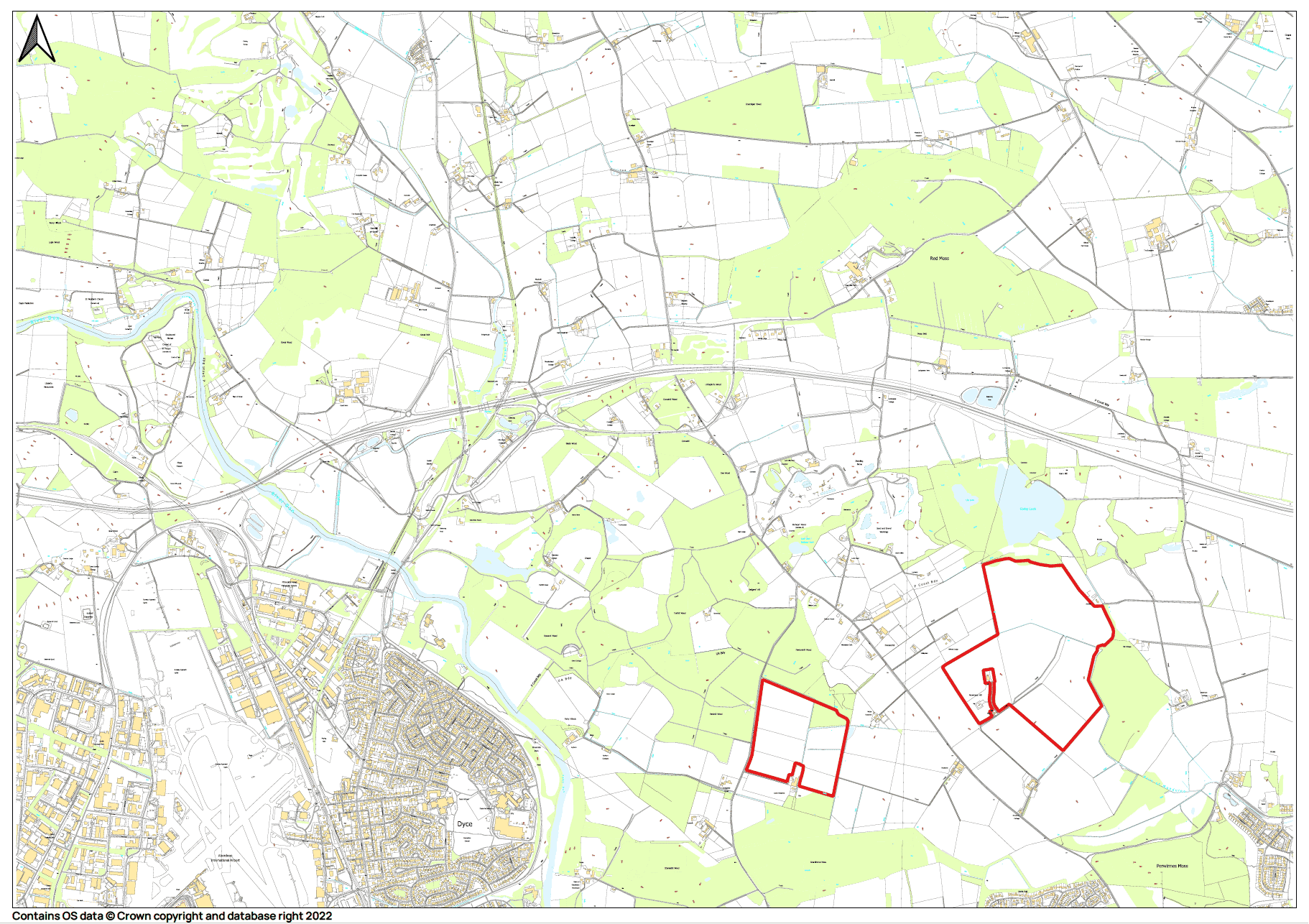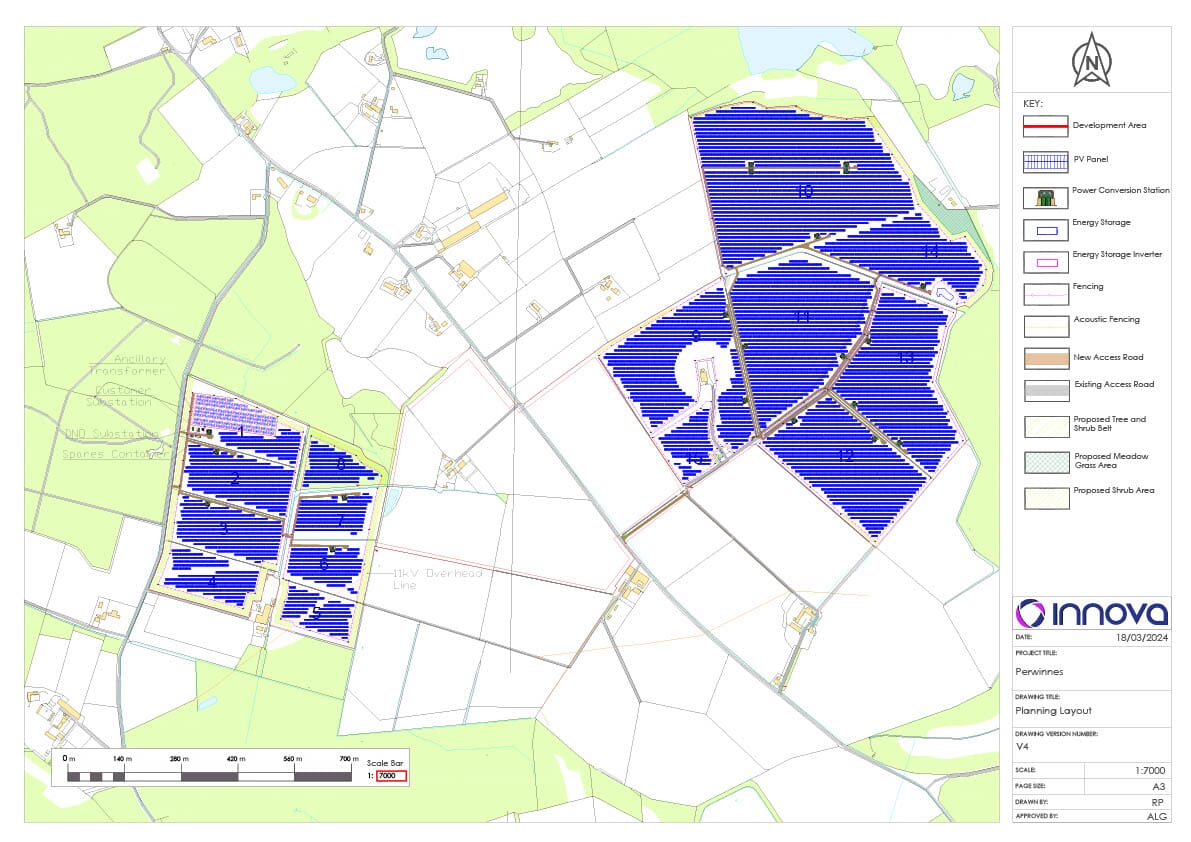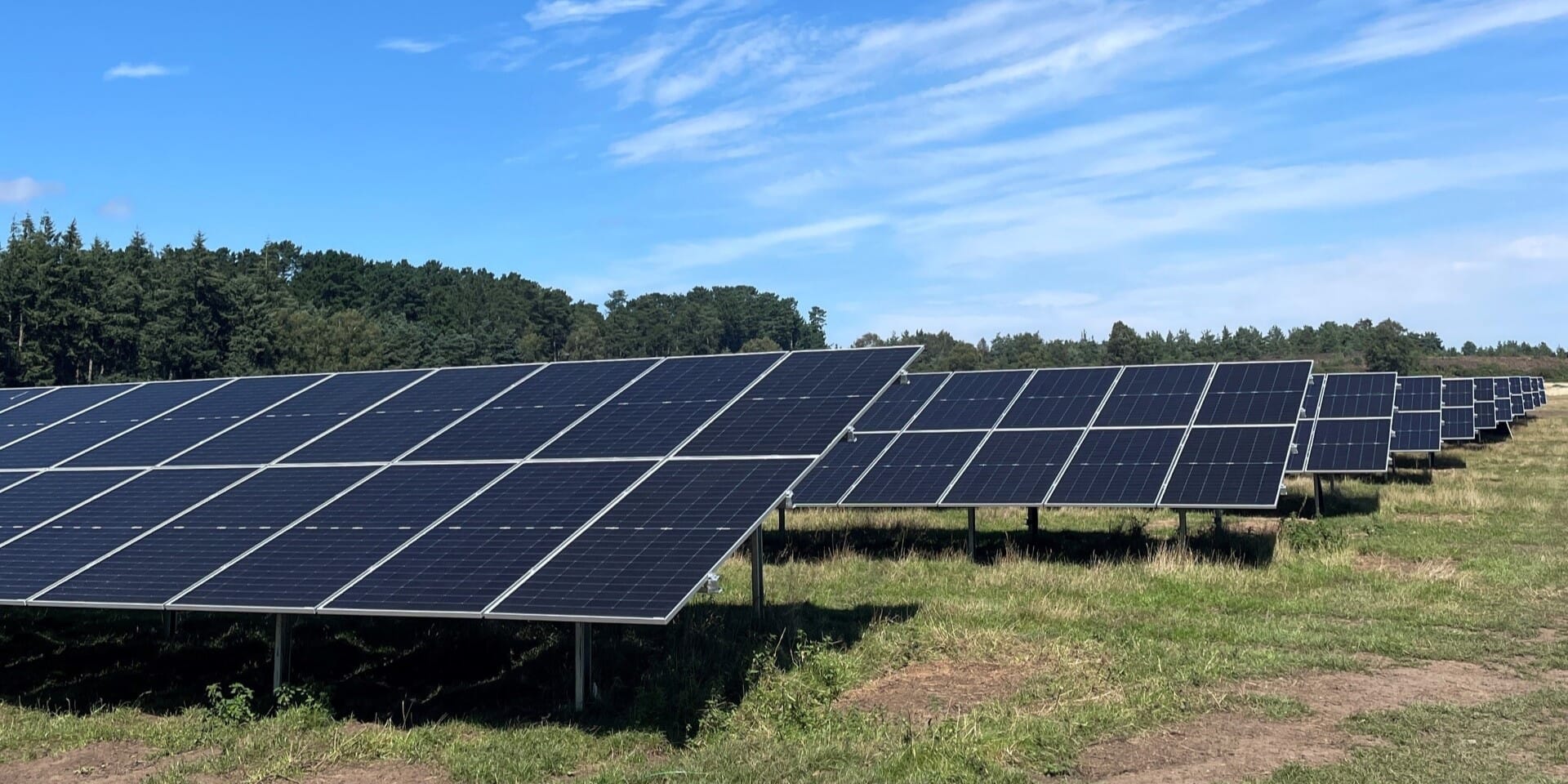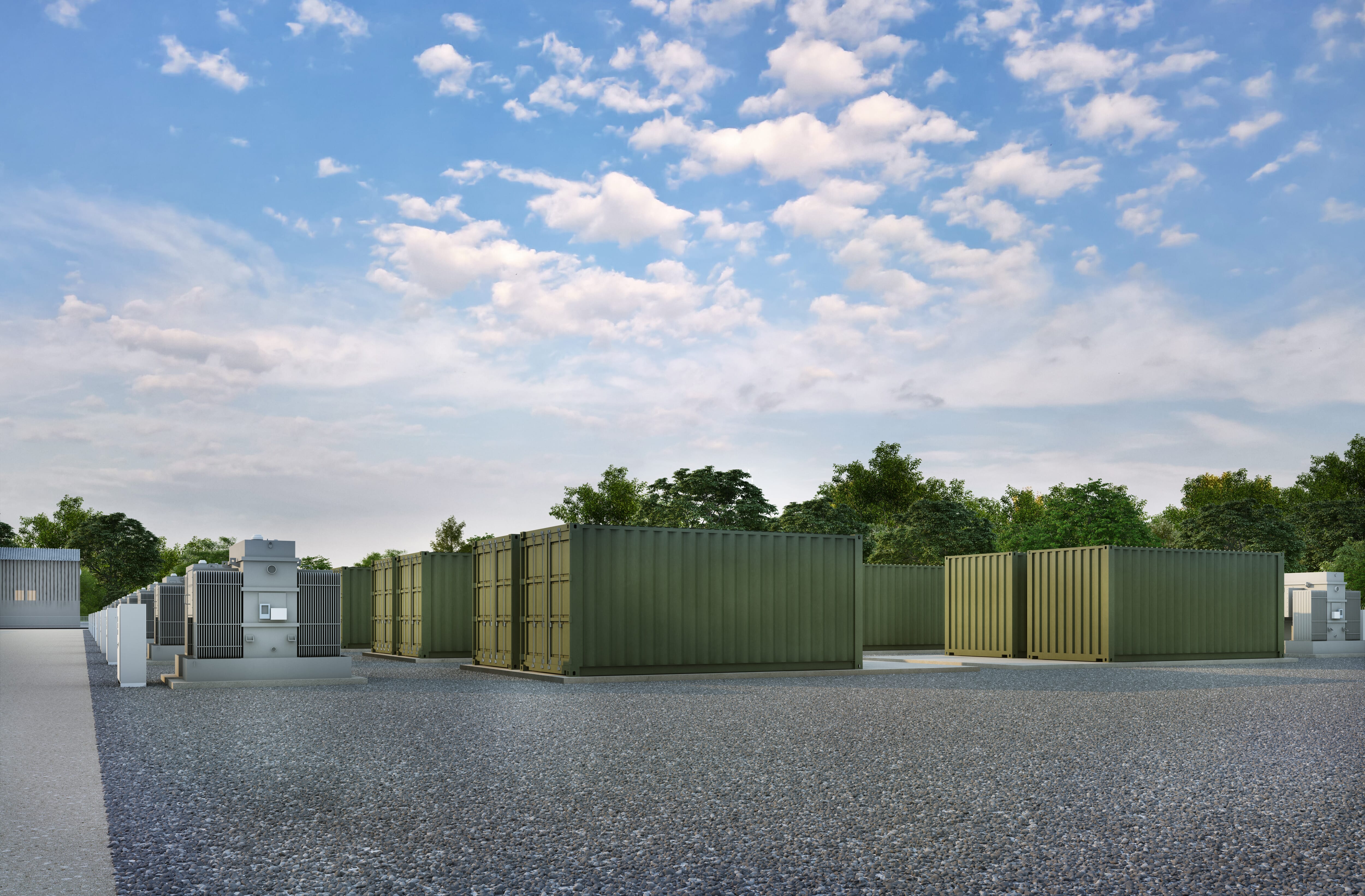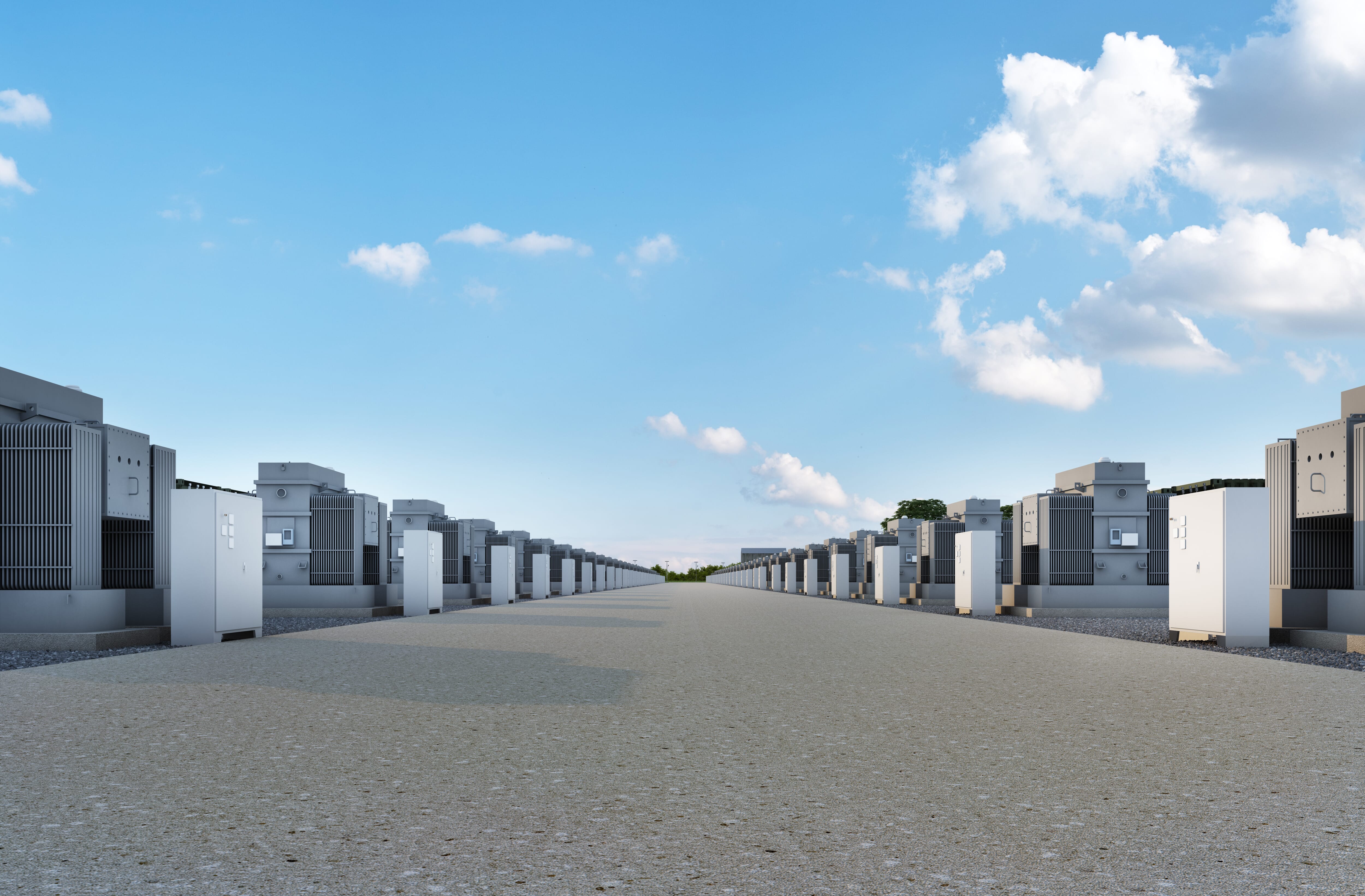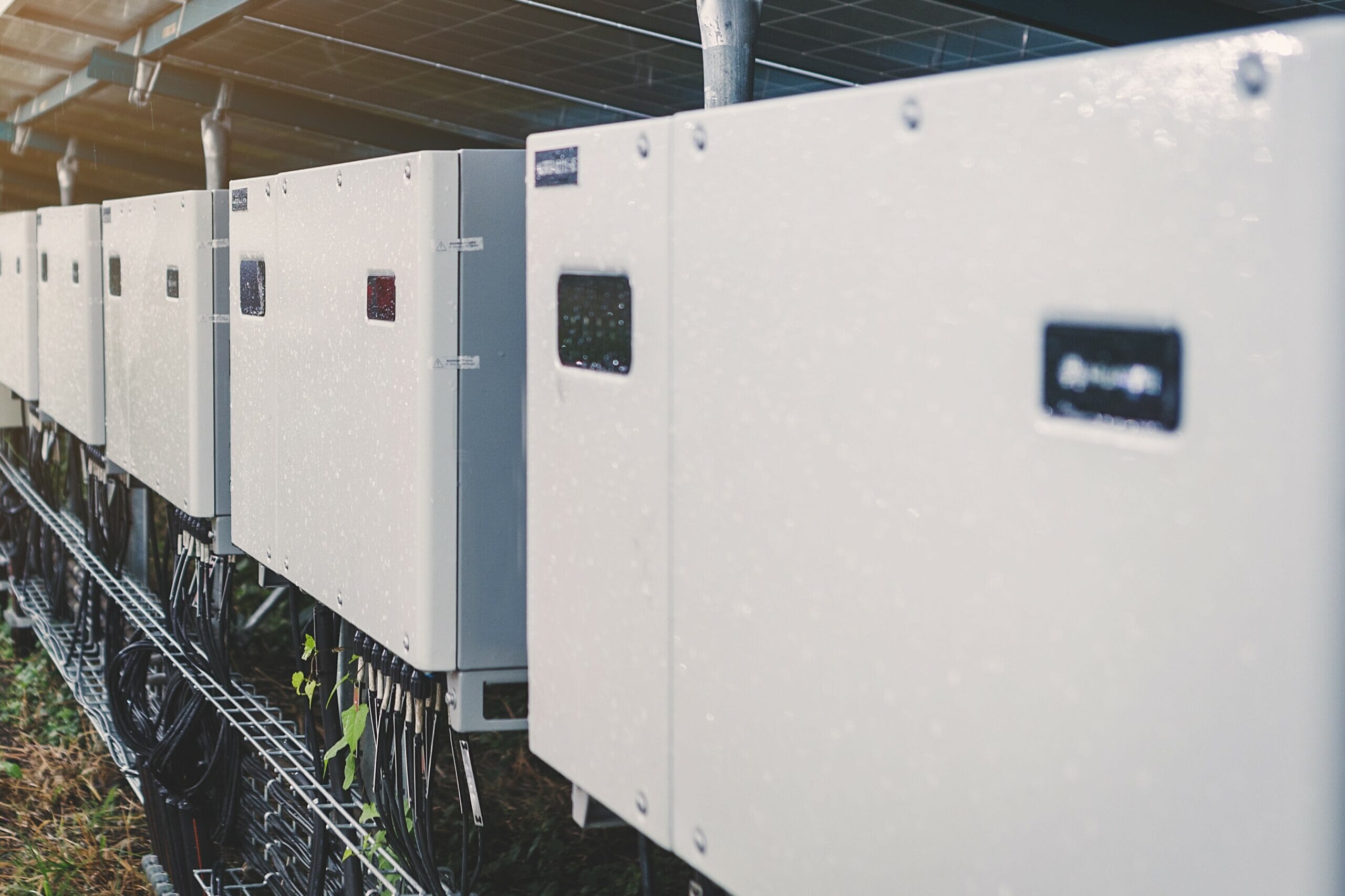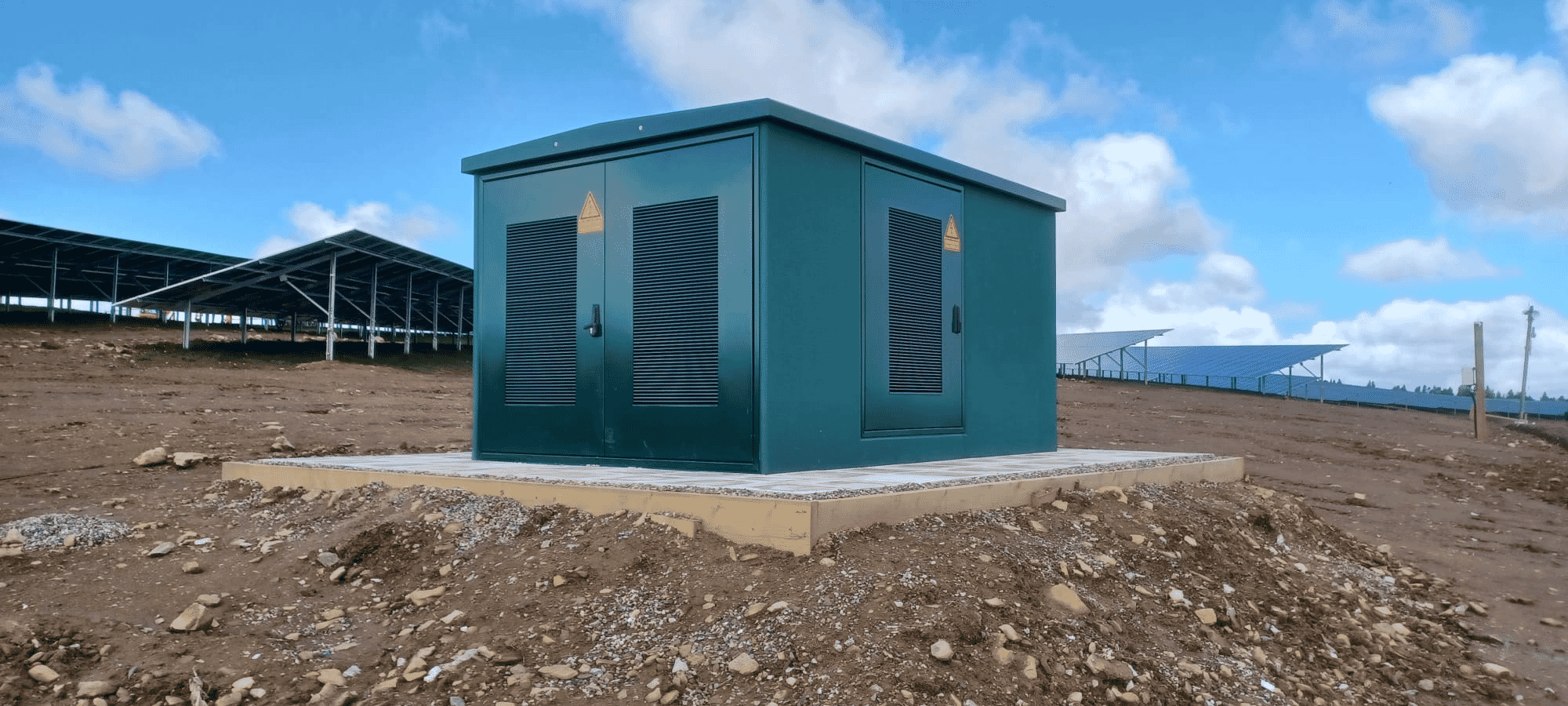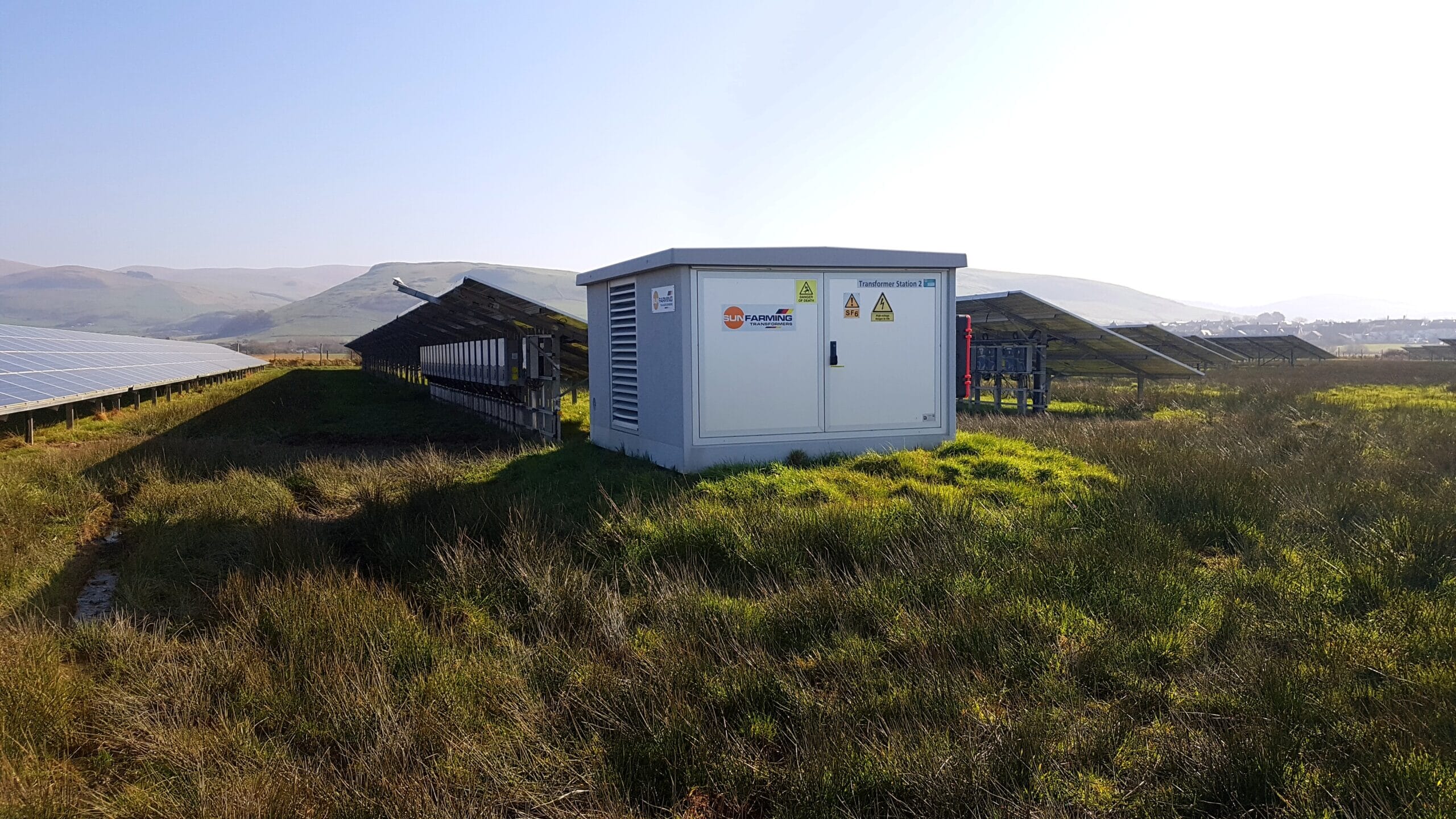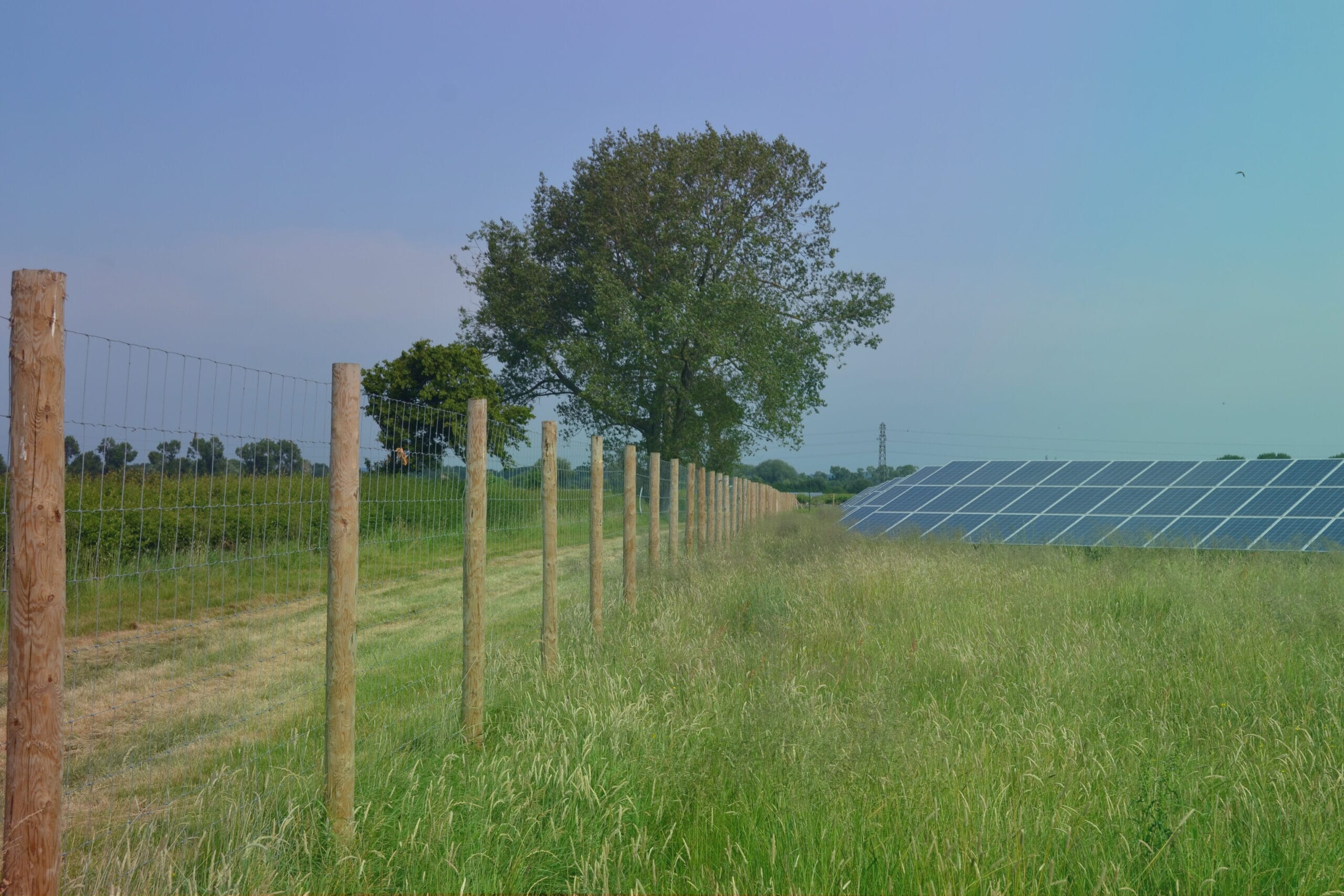Introduction
Innova Renewables Developments has submitted a planning application for a new solar array and energy storage system located Lower Bodachra Farm and Perwinnes Farm in Dyce, Aberdeen. The site will have the ability to generate up to 72 MWp of solar energy and store 45MW through Energy Storage Systems.
This solar generation is enough to power 23,800 homes, which equates to 19.5% of all homes in Aberdeen City Council. The project will also prevent 14,200 tonnes of carbon dioxide being emitted each year throughout its 40-year lifespan.
The site has been carefully selected and designed through a detailed assessment process considering grid availability, heritage, landscape and amenity, ecology and environmental designations, access, and agricultural land quality. We have instructed a wide range of expert consultants to undertake a variety of surveys to assist with the design.
An important part of the development process is to engage with the local community, and we held our first drop-in event for the local community on Wednesday 25th October 2023 from 2pm-7pm at Balgownie Community Centre.
Following this event, we evaluated the feedback obtained as well as feedback from Aberdeen City Council and concluded on our surveys to update our proposal. We held a second consultation event on Wednesday 13th March 2024 between 3:30pm – 8:00pm at Oldmachar Church, Ashwood Park, Bridge of Don to share the changes we had made.
